Wildlife Sanctuaries in Kashmir
Nestled amidst the breathtaking landscapes of Jammu and Kashmir lies a sanctuary of natural wonder and biodiversity, inviting adventurers and nature enthusiasts alike. This wildlife sanctuary, cradled within the majestic Himalayas, offers a sanctuary for rare and endangered species such as the elusive snow leopard, Himalayan brown bear, and vibrant birdlife.
As visitors traverse its pristine trails, they are greeted by the harmonious symphony of nature, with towering peaks, lush forests, and sparkling streams creating an unparalleled experience. Immerse yourself in the serene beauty of Jammu and Kashmir’s wildlife sanctuary, where every moment is a testament to the awe-inspiring wonders of the natural world.
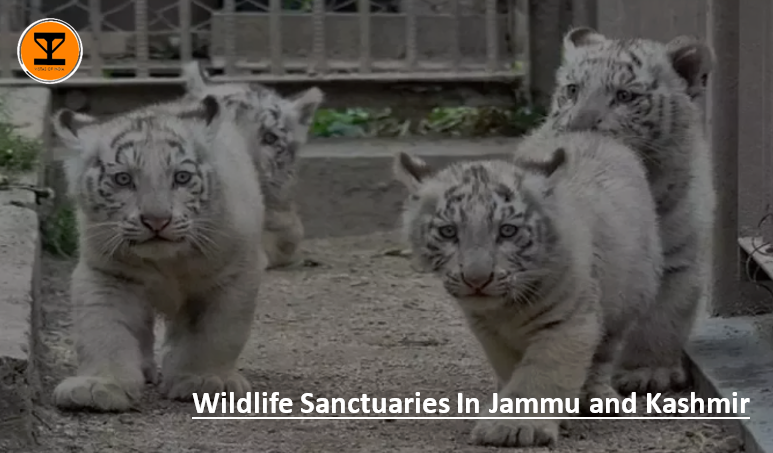
1. Hokersar Wildlife Sanctuary

Hokersar wildlife sanctuary, located in the picturesque region of Kashmir, is a haven for nature enthusiasts and bird lovers alike. This sanctuary is widely recognized for its role as a breeding ground for a diverse range of bird species, making it a must-visit destination for those seeking to witness the wonders of avian life.
The sanctuary boasts an abundance of natural beauty, with lush vegetation and serene wetlands that provide the perfect habitat for a myriad of bird species. Visitors can immerse themselves in the tranquil surroundings, taking in the breathtaking sights and sounds of nature at its finest.
One of the main attractions of Hokersar wildlife sanctuary is the opportunity to observe migratory birds in their natural habitat. Every year, a multitude of bird species embark on long and arduous journeys, traveling from far-flung regions such as Siberia, China, and central Asia to seek refuge in this wetland.
2. Lachipora Wildlife Sanctuary
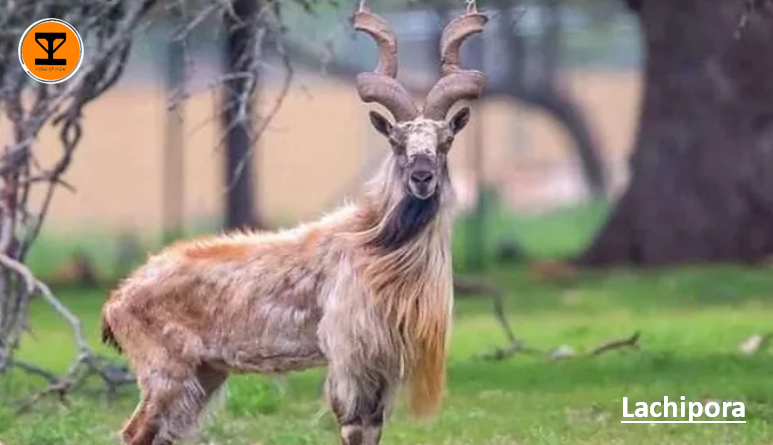
Lachipora wildlife sanctuary, situated in the beautiful state of Jammu and Kashmir, near the village of Lachipora, Kashmir, is a true gem. Nestled on the northern banks of the Jhelum river, this sanctuary is a haven for nature lovers.
Surrounded by lush forests, it offers a serene escape for those seeking the tranquility of green fields. Established in 1987 by the department of wildlife protection, this sanctuary is home to a diverse range of flora and fauna. Among the notable species found here is the wild goat, which can also be found in certain parts of Pakistan.
Visitors can explore the sanctuary and discover a variety of trees and forests, while also having the opportunity to witness the conservation efforts for the endangered western Tragopan species. If you’re looking for a sanctuary filled with vibrant green vegetation, Lachipora is a must-visit destination.
3. Achabal Wildlife Sanctuary
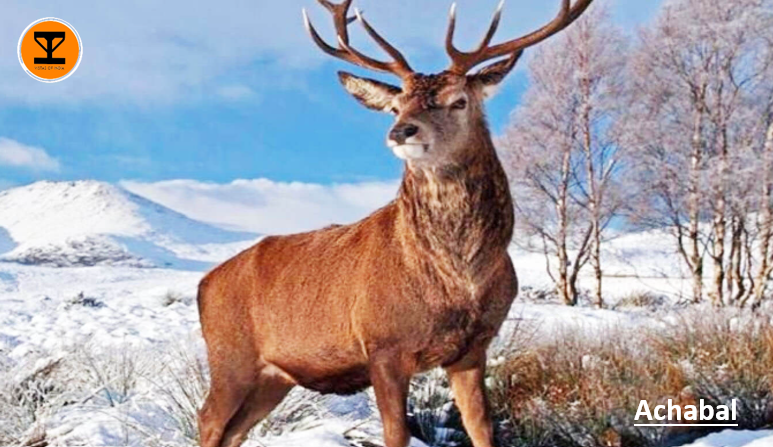
The Achabal Wildlife Sanctuary is not only a haven for wildlife but also a paradise for birdwatchers, with over 70 species of birds calling this sanctuary home. Visitors can spot the vibrant Himalayan Monal, the elusive Black Bulbul, the melodious Himalayan Magpie, and the majestic Golden Eagle among many others.
The sanctuary is also a hotspot for nature enthusiasts, with its lush greenery, pristine streams, and breathtaking views of the surrounding mountains. Visitors can enjoy trekking, camping, and picnicking in this serene and tranquil environment.
The Achabal Wildlife Sanctuary is not just a place to observe wildlife, but also a place to learn about conservation efforts and the importance of preserving natural habitats. The sanctuary plays a crucial role in protecting the biodiversity of the region and educating visitors about the importance of coexisting with nature.
4. Surinsar Mansar Wildlife Sanctuary
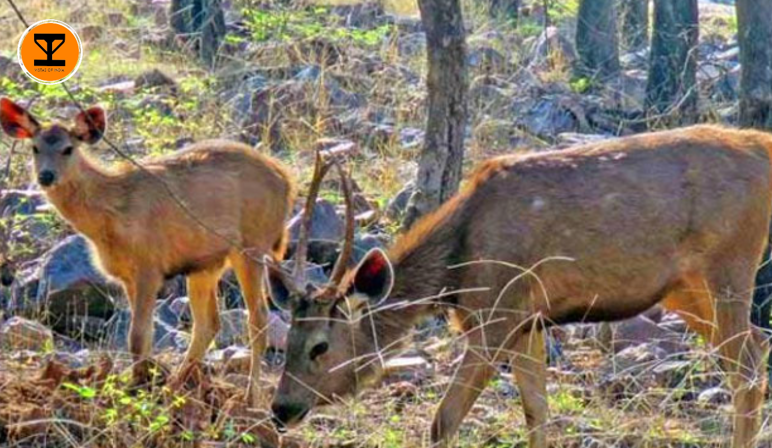
The sanctuary is also home to a variety of mammals such as leopards, wild boars, barking deer, and Indian Muntjac. The lush greenery and serene surroundings make it a perfect spot for nature lovers and wildlife enthusiasts. Surinsar Mansar Wildlife Sanctuary is not only a haven for wildlife but also offers opportunities for trekking, camping, and picnicking.
The sanctuary is well-maintained and offers facilities for visitors such as guided tours, nature trails, and bird watching spots. The picturesque landscapes and tranquil atmosphere make it a popular destination for tourists looking to escape the hustle and bustle of city life.
Surinsar Mansar Wildlife Sanctuary is a must-visit for anyone looking to experience the natural beauty and wildlife of Kashmir. Whether you are a bird watcher, nature lover, or adventure seeker, this sanctuary has something to offer for everyone. So, pack your bags and head to Surinsar Mansar Wildlife Sanctuary for an unforgettable experience in the lap of nature.
5. Overa Aru Wildlife Sanctuary
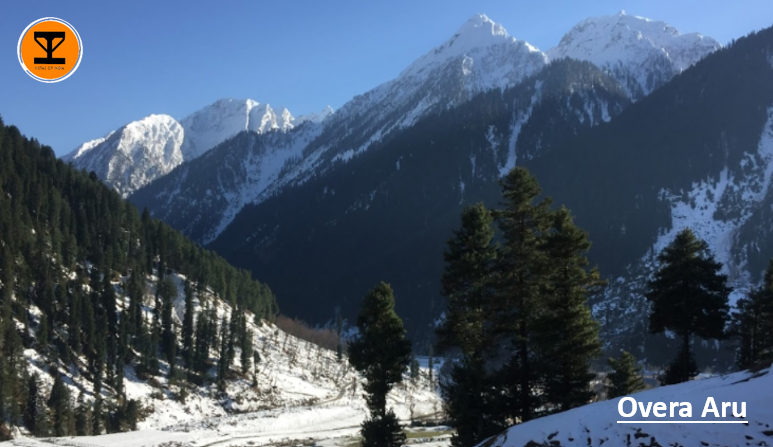
The Overa-Aru Wildlife Sanctuary is located near Pahalgam, a district in Jammu and Kashmir. This sanctuary covers a vast area of over 500 sq. km. If you’re interested in visiting, you can explore the majestic mountains in the region, with peaks reaching heights of up to 5,400 m. Within the sanctuary, you’ll find rare and endangered species like the musk deer, brown bear, and snow leopard.
These precious creatures are protected by both the state and central government. People from all over the country come to witness the beauty of these unique birds and animals. If you’re planning a trip to Kashmir, make sure to include a visit to this wildlife sanctuary for an unforgettable experience.
6. Jasrota Wildlife Sanctuary
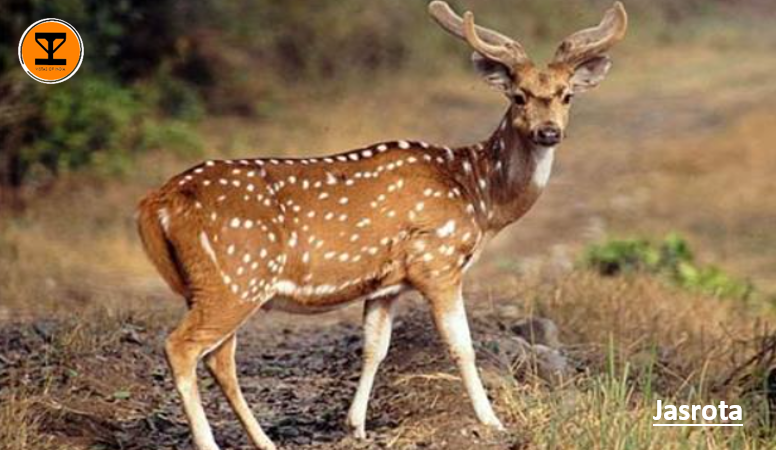
The Jasrota Wildlife Sanctuary can be found in Kashmir, Jammu, and Kashmir. It is situated to the north of the village Jasrota. This sanctuary is a haven of lush green plains, providing a home to a diverse range of birds and animals. Among them, the Axis deer stand out as the most remarkable, with a significant population throughout the park.
The sanctuary is also home to a variety of other mammals, such as cheetal, Barking deer, wild boar, and rhesus monkeys. Additionally, a wide array of bird species can be found here, including the red jungle fowl, green pigeon, and blue rock pigeon.
For bird watching, the best time to visit is from March to May, while mammal viewing is ideal from September to March. Apart from its wildlife, the sanctuary also offers great opportunities for trekking. If you have a passion for wildlife and enjoy trekking, a visit to this place will surely leave you with unforgettable memories.
7. Hirpora Wildlife Sanctuary
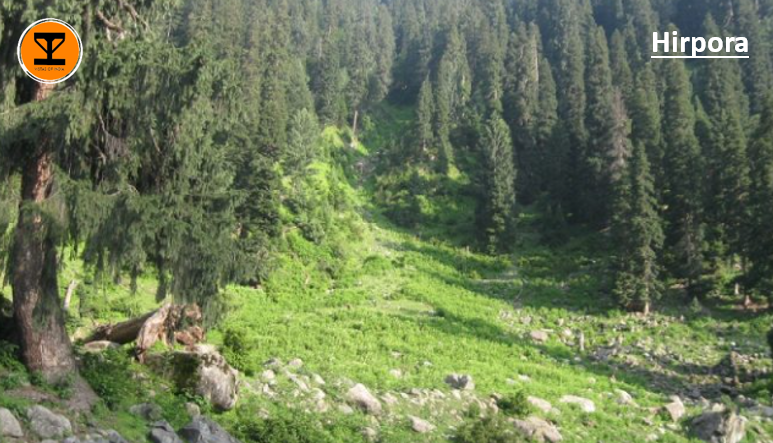
Hirpora Wildlife Sanctuary covers an area of approximately 341 square kilometers and is surrounded by lush green forests, making it a picturesque destination for nature lovers. The sanctuary is also home to a variety of plant species, including coniferous trees like pine and fir, as well as medicinal plants like saffron and musk root.
Visitors to the sanctuary can explore the area through various trekking trails and jeep safaris, allowing them to get up close to the diverse wildlife and natural beauty of the region. The sanctuary also offers camping facilities for those who wish to spend more time in the wilderness and immerse themselves in the serene surroundings.
In addition to its natural beauty, Hirpora Wildlife Sanctuary also holds cultural significance, as it is located near the historic town of Shopian, known for its apple orchards and traditional Kashmiri handicrafts. Visitors can explore the local culture and heritage while enjoying the tranquility of the sanctuary.
8. Gulmarg Wildlife Sanctuary

Gulmarg Wildlife Sanctuary is a popular destination for tourists who have a keen interest in observing animals in their natural habitat, particularly those that thrive in cold regions. Situated near Srinagar, the sanctuary is approximately 48 km away. It is a place of immense beauty, adorned with stunning natural landscapes and abundant vegetation. This sanctuary, often referred to as the paradise of Kashmir, is home to a diverse range of fauna.
Visitors planning to explore this sanctuary will have the opportunity to observe these fascinating creatures up close. Unfortunately, some of these animals are now endangered or on the brink of extinction. One of the sanctuary’s most significant inhabitants is the Musk Deer. Additionally, visitors can also spot other captivating animals such as brown bears, black bears, red foxes, and leopards, among others.
Conclusion
The establishment of a wildlife sanctuary in Jammu and Kashmir presents a promising opportunity for tourism, combining the region’s breathtaking natural beauty with the conservation of its diverse ecosystems. Through responsible tourism practices, visitors can engage with and appreciate the rich biodiversity, including endangered species such as the snow leopard and Himalayan brown bear.
This sanctuary not only offers unforgettable experiences for tourists but also generates economic benefits for local communities, supporting livelihoods and fostering environmental stewardship. By promoting sustainable tourism initiatives and conservation efforts, the wildlife sanctuary in Jammu and Kashmir stands as a beacon of harmony between nature preservation and tourism development.
Frequently Asked Questions
A wildlife sanctuary is a protected area where wild animals and their habitats are preserved and conserved. It aims to provide a safe haven for various species of flora and fauna, ensuring their survival and promoting biodiversity.
Jammu and Kashmir is home to several wildlife sanctuaries. Some of the prominent ones include Dachigam Wildlife Sanctuary, Overa-Aru Biosphere Reserve, Gulmarg Wildlife Sanctuary, Ramnagar Wildlife Sanctuary, and Jasrota Wildlife Sanctuary.
Jammu and Kashmir’s wildlife sanctuaries boast a diverse range of wildlife, including the endangered Hangul (Kashmir stag), Markhor, Musk deer, Snow leopard, Himalayan brown bear, Black bear, Red fox, and various species of birds such as Monal pheasant and Himalayan Monal.
Yes, visitors to wildlife sanctuaries in Jammu and Kashmir are subject to certain regulations and restrictions aimed at preserving the natural environment and ensuring the safety of both wildlife and visitors. These may include rules against littering, noise pollution, hunting, and disturbing wildlife. Additionally, certain areas within the sanctuaries might be restricted for public access to minimize human interference.
There are several ways individuals can contribute to the conservation efforts of wildlife in Jammu and Kashmir’s sanctuaries. These include spreading awareness about the importance of wildlife conservation, volunteering for wildlife monitoring and protection programs, supporting local communities engaged in eco-tourism initiatives, and adhering to responsible tourism practices while visiting these sanctuaries. Additionally, donating to reputable wildlife conservation organizations working in the region can also make a significant difference in safeguarding the rich biodiversity of Jammu and Kashmir.

Welcome to vistasofindia.com, where we transform your travel dreams into a reality by guiding you through the diverse and enchanting landscapes of India. We understand that every traveler seeks a unique experience, and with our in-depth guides and insider tips, we ensure that your journey is not just a trip but a memory to cherish.

Start Your Journey Now!
Begin your exploration of India today with vistasofindia.com. Discover detailed information about key destinations, plan your itinerary efficiently, and get ready for an unforgettable adventure. Whether you’re a history enthusiast, a festival lover, or a foodie, India has something extraordinary for you.

Let us be your ultimate travel companion for exploring India! With our in-depth information on every corner of the country, you can create a personalized itinerary that suits your interests. Don’t wait any longer – start exploring and get ready to experience the magic of India firsthand!
